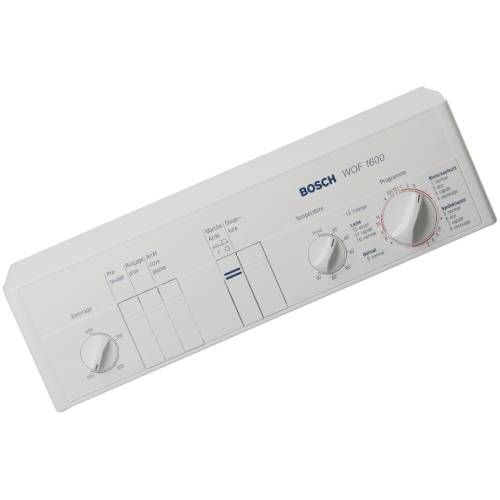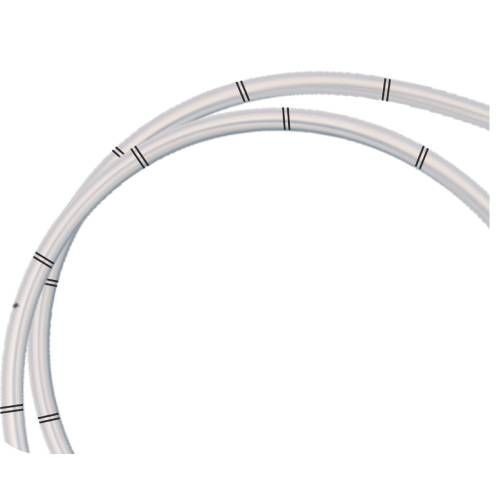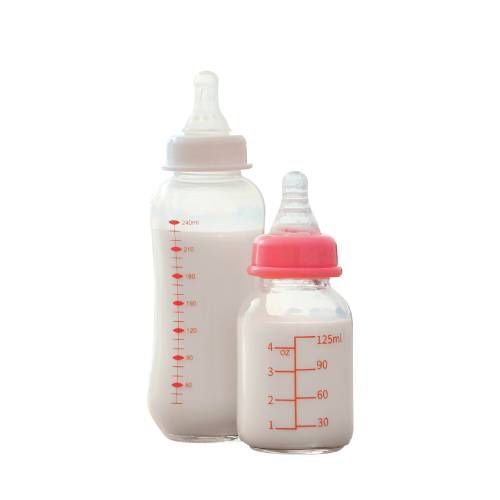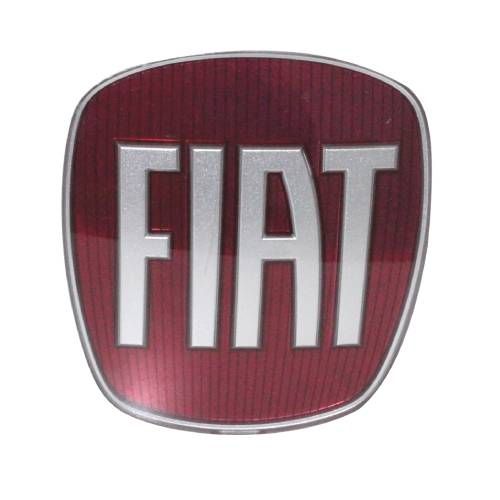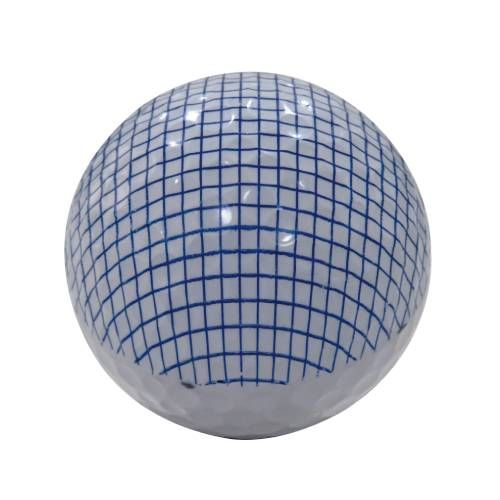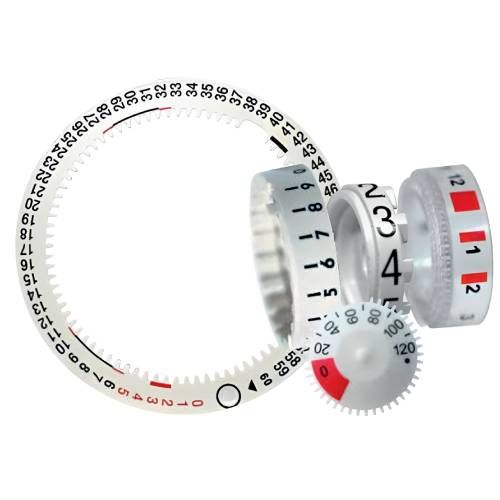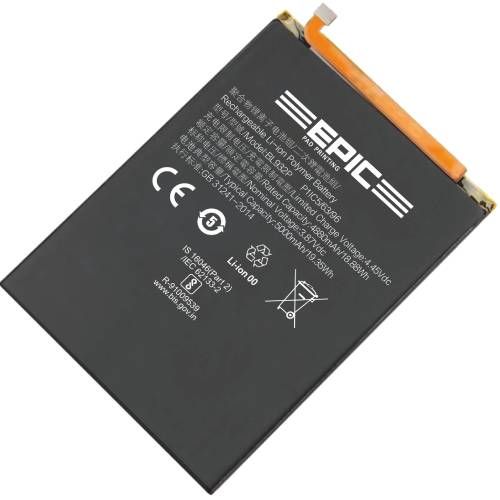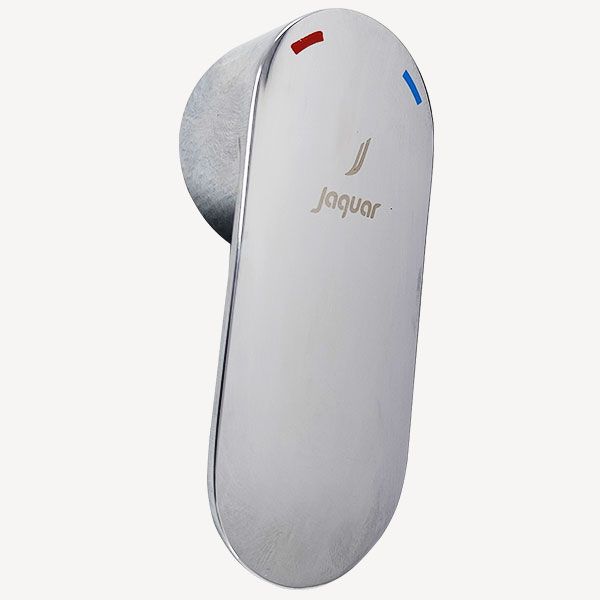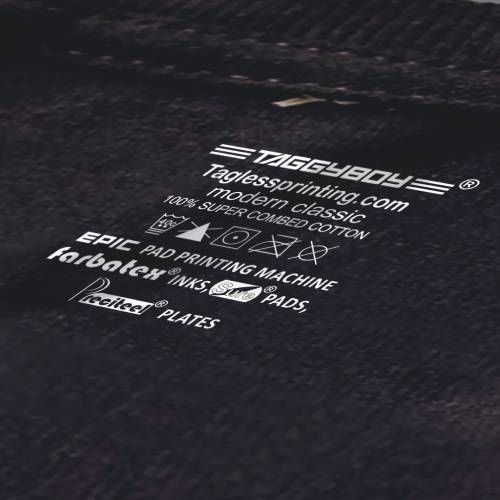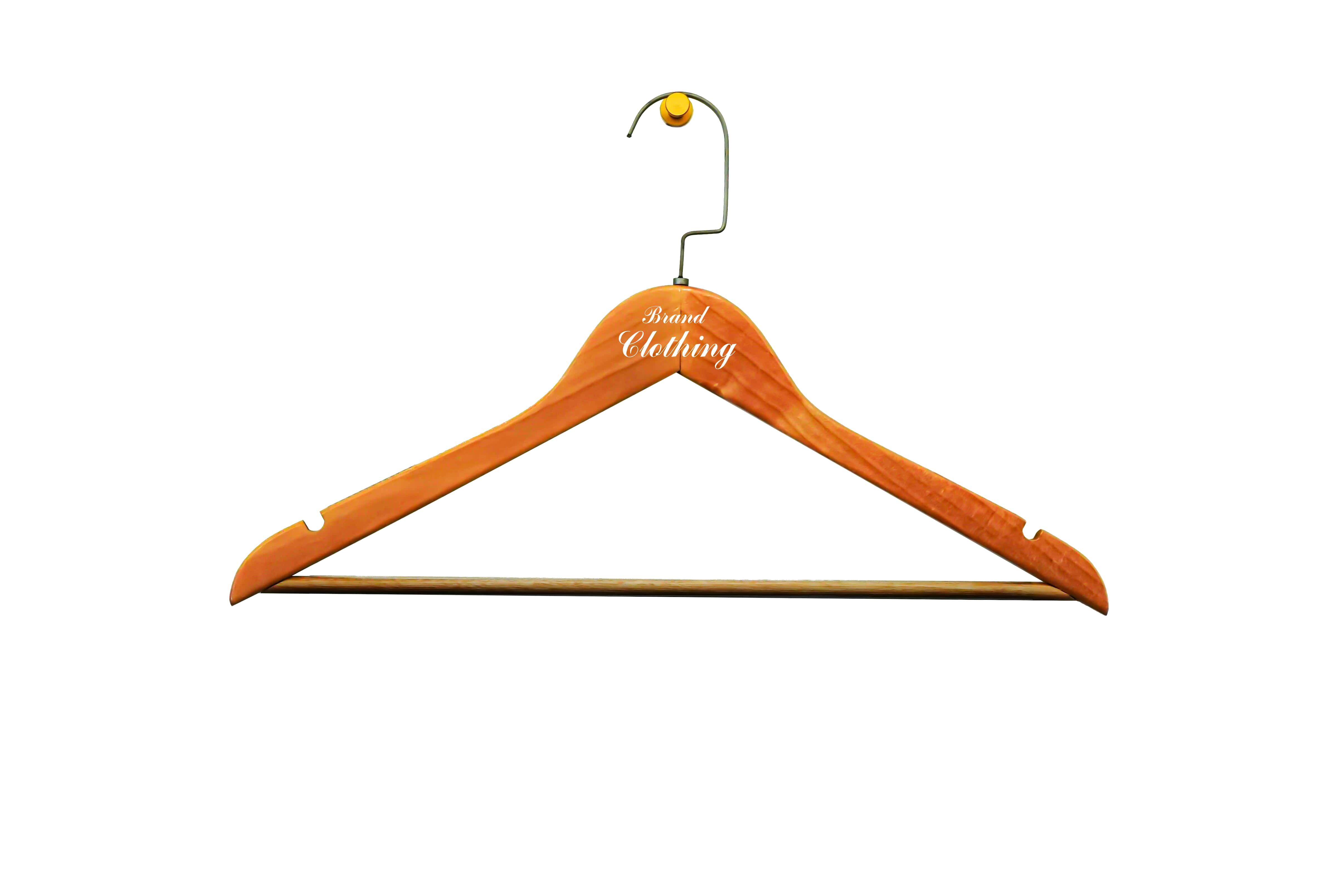Pad printing is a unique printing technique that allows the transfer of a 2D image onto a 3D
object. This method utilizes a silicone pad to pick up ink from a flat cliché plate and then
presses it onto the object to be printed. The flexibility of the silicone pad makes it possible
to print on a variety of surfaces, shapes, and textures making pad printing incredibly
versatile. Pad printing has revolutionized the way businesses approach decoration, branding, and
functionality on a number of products. From medical devices to promotional items, baby and
toddler products, toys, glass, textile, sports goods, the precision and adaptability of pad
printing have made it a favored choice. At the heart of this innovative printing method are the
inks that make the vibrant impressions possible.




.jpg)
